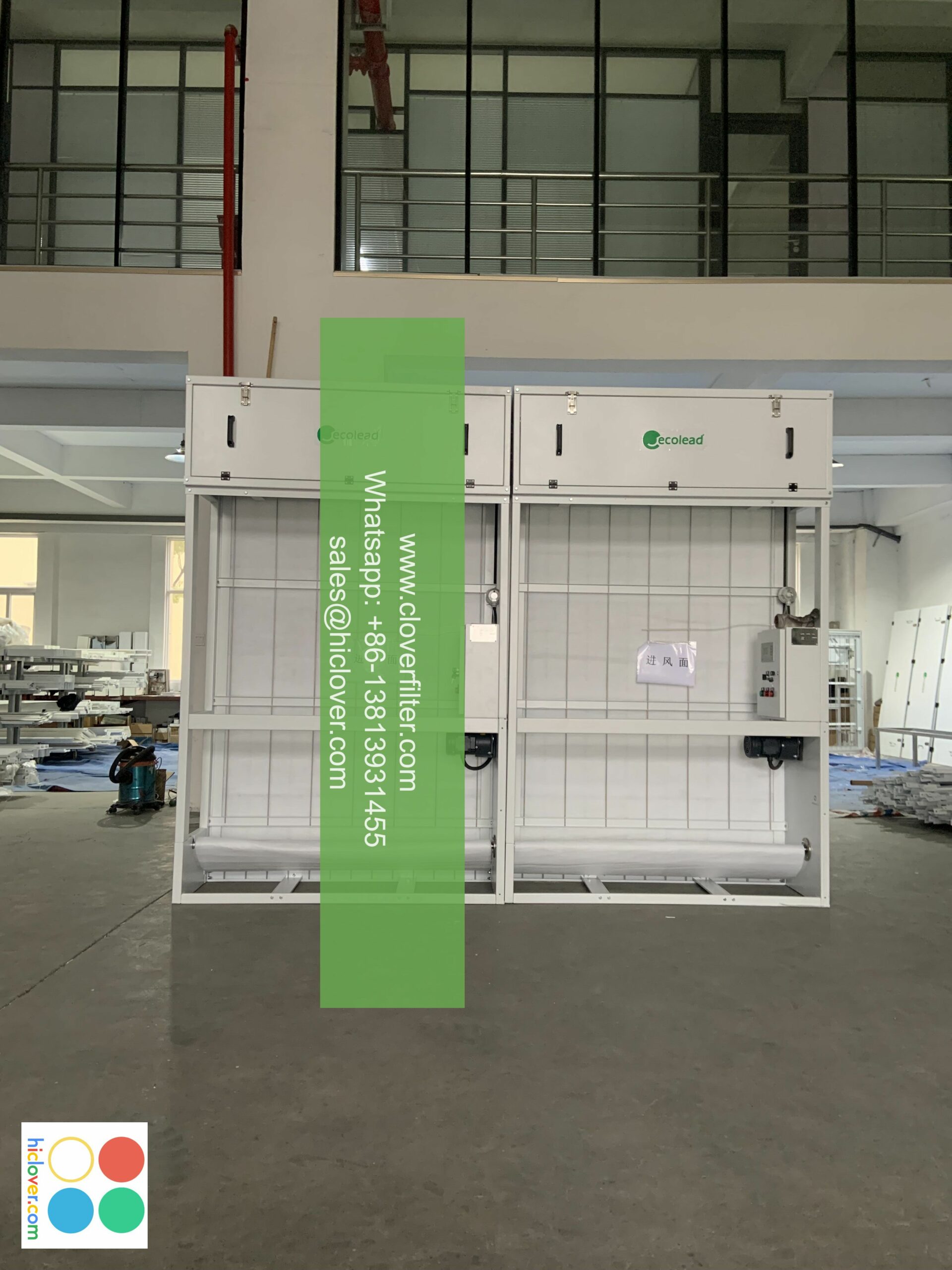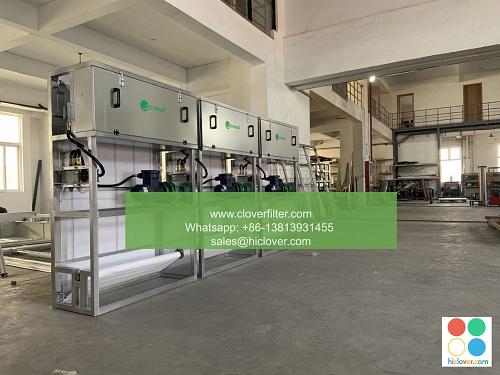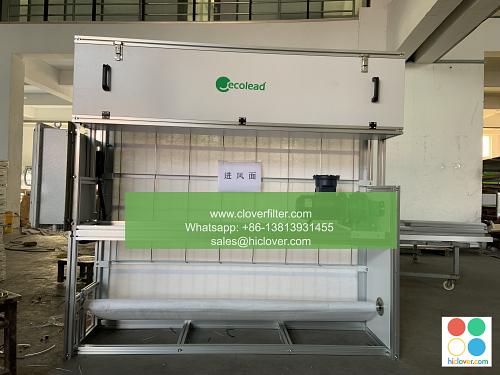Vaccine Production and Air Quality: The Connection in Sanofi’s Manufacturing Processes

The pharmaceutical industry, particularly vaccine production, plays a vital role in maintaining public health. Sanofi, a leading global healthcare company, is committed to developing and manufacturing vaccines that adhere to the highest standards of quality and safety. One crucial aspect of vaccine production that is often overlooked is the connection between vaccine manufacturing processes and air quality. In this article, we will delve into the relationship between vaccine production and air quality, highlighting the measures Sanofi takes to ensure optimal air quality in its manufacturing facilities.
The Importance of Air Quality in Vaccine Production
Air quality is a critical factor in vaccine production, as it directly impacts the safety and efficacy of the final product. The presence of airborne contaminants, such as particulate matter, microorganisms, and volatile organic compounds (VOCs), can compromise the sterility and quality of vaccines. Furthermore, poor air quality can also affect the health and well-being of manufacturing personnel, leading to decreased productivity and increased risk of occupational diseases.
Sanofi’s Commitment to Air Quality
Sanofi recognizes the significance of air quality in vaccine production and has implemented stringent measures to ensure optimal air quality in its manufacturing facilities. The company utilizes cutting-edge air purification systems, including HEPA filters and ultra-low particulate air (ULPA) filters, to remove airborne contaminants and maintain a sterile environment. Additionally, Sanofi’s facilities are designed to meet the highest standards of cleanroom technology, with controlled temperature, humidity, and air flow rates to minimize the risk of contamination.
Application Areas: Vaccine Production and Air Quality
The connection between vaccine production and air quality is multifaceted, with various application areas that require careful consideration. Some of the key areas include:
- Influenza vaccine production: Sanofi’s influenza vaccine manufacturing process involves the use of egg-based production methods, which require strict control of air quality to prevent contamination and ensure the safety of the final product.
- Pandemic vaccine production: In the event of a pandemic, Sanofi’s manufacturing facilities must be able to produce vaccines quickly and efficiently while maintaining optimal air quality. This requires the use of flexible manufacturing technologies and rapid testing methods to ensure the quality and safety of the vaccines.
- Regulatory compliance: Sanofi’s vaccine manufacturing processes must comply with regulatory requirements, such as those set by the US Food and Drug Administration (FDA) and the European Medicines Agency (EMA). Ensuring optimal air quality is essential for meeting these regulatory standards.
<h3-highlighting Key Technologies
Several key technologies play a crucial role in maintaining optimal air quality in Sanofi’s vaccine manufacturing facilities. These include:
- Indoor air quality monitoring systems: These systems enable real-time monitoring of air quality parameters, such as particulate matter, temperature, and humidity, allowing for swift identification and mitigation of any issues.
- Air filtration systems: Sanofi utilizes advanced air filtration systems, including nanofiber filters and bioreactors, to remove airborne contaminants and maintain a sterile environment.
- Cleanroom design and construction: Sanofi’s facilities are designed and constructed to meet the highest standards of cleanroom technology, with features such as laminar air flow and positive pressure to minimize the risk of contamination.
Conclusion
In conclusion, the connection between vaccine production and air quality is a critical aspect of Sanofi’s manufacturing processes. By implementing stringent measures to ensure optimal air quality, Sanofi can guarantee the safety and efficacy of its vaccines, protecting public health and maintaining the highest standards of quality and regulatory compliance. As the pharmaceutical industry continues to evolve, the importance of air quality in vaccine production will only continue to grow, highlighting the need for ongoing innovation and investment in air quality technologies and cleanroom design.


